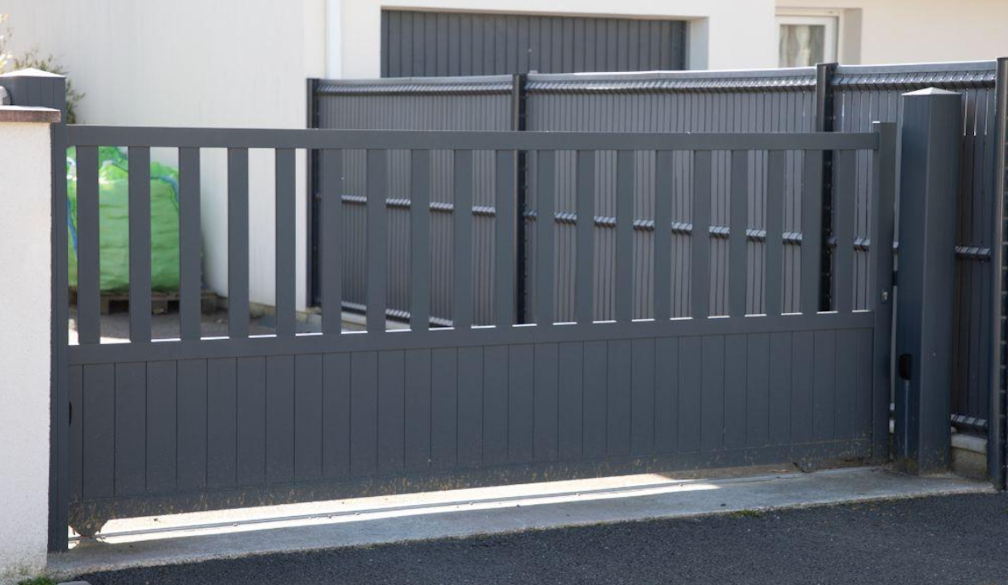An American company will test your embryos for genetic defects. But designer babies aren't here just yet
- Written by Dennis McNevin, Professor of Forensic Genetics, University of Technology Sydney
Designer baby, anyone? A New Jersey startup company, Genomic Prediction, might be able to help you.
Genomic Prediction claims to be able to use DNA testing to predict disease risk in an embryo. The idea is to study hundreds or thousands of small variations in DNA, known as genetic markers, and use sophisticated computer algorithms to correlate these with diseases such as type 1 and type 2 diabetes, breast cancer and “intellectual disability”.
If the company’s recent research is any guide, it may move on to predicting other traits such as height and even educational attainment.
But the connections between genetic variations and differences in real human beings are far from straightforward. And even if we can make these connections, should we?
Lessons from forensics
In my own field, forensic genetics, we have a similar goal: to produce a “molecular photofit” or “DNA mugshot” of the perpetrator of a crime, using DNA left at a crime scene. At first, there was great optimism.
Only six genetic markers were required to predict blue or brown eye colour with reasonable accuracy. However, prediction of intermediate eye colours (green, hazel, light brown) was less accurate. Testing for hair colour soon followed (24 markers) and, most recently, skin colour (41 markers).
Eye, hair and skin colour are all largely controlled by a small number of genes related to the pigment melanin. There are two types of melanin, a dark and a light form, and between them they give rise to the spectrum of eye, hair and skin colours.
Read more: World's first genetically modified human embryo raises ethical concerns
High doses of the light pigment are found only in individuals with European ancestry, particularly northern European. Prediction systems have really only been developed and tested rigorously on Europeans and North Americans.
This is the case with many large “genome-wide association studies” (GWAS) and data sets, including some of those used by Genomic Prediction. Individuals without European ancestry are poorly represented, and the associations between genetic markers and traits don’t always replicate in populations that don’t have European ancestry.
Slow progress
Since these first few pigmentation prediction systems, progress has been slow in forensic genetics. This is because most traits – even ones that are strongly influenced by genetics – are very “polygenic”, which means they are influenced by many different genes.
For example, height and educational attainment are both highly heritable. But they are under the influence of hundreds, if not thousands, of genetic markers, each with a very small effect on the trait.
Further, the marker variants with the largest influence are generally the rarest ones. For example, the variants with the largest influence on height each account for only one or two centimetres and are present in no more than 0.2% of the population. More common variants each account for height differences of mere millimetres or even less.
Polygenic scores add up all the tiny effects of these multiple marker variants to give an overall prediction. But there are several caveats.
First, they don’t take account of genetic synergies (epistasis). The effects of two (or more) different markers may not add up in any simple way.
Second, they completely ignore environmental effects: the “nurture” part of “nature versus nurture”. For example, although both are highly heritable, height is affected by nutrition, and educational attainment is influenced by educational expectations and parental education. So, really, what is being predicted is the genetic potential for a particular trait.
A practical and ethical minefield
Assuming Genomic Prediction can predict these potentials accurately, will they all be found in one embryo?
Let’s say you want a tall, brown-eyed, high educational achiever with a low risk of breast cancer. The odds of finding all of these potentials in one embryo is very low, like throwing dozens of dice and having them all come up with sixes.
Even if you are lucky with your roll of the genetic dice, are you sure your designer baby will thank you when they grow up? Your idea of the perfect trait might not be theirs. You are, in effect, choosing their DNA without their consent.
Read more: 3-parent IVF could prevent illness in many children (but it's really more like 2.002-parent IVF)
Are you ready to see a prediction of what your baby might look like as an adult, or a photo-board from which to choose your future offspring? Companies are already offering to produce molecular photofits of unknown donors of crime-scene DNA. It’s not a giant leap to designer babies.
At US$1,000 per case and an additional US$400 per screened embryo for expanded pre-implantation genomic testing (EPGT is Genomic Prediction’s “flagship product”), designer babies will inevitably be more available to wealthier parents. There are valid concerns that this could lead to genetic advantage and disadvantage along socio-economic lines.
Genetic screening is already common practice, especially for chromosomal disorders. Like many others, my own daughter received a nuchal fold thickness assessment as a standard ultrasound screen for Down syndrome.
Screening for genetic risks is just one more step along this continuum. But how many steps should we take? Once we start selecting for “desirable” characteristics, it’s easy to see the moral slope becoming very slippery.
Dennis McNevin is Director of the Genetic Ancestry Lab (GAL), a service for forensic investigators wanting to know the biogeographical ancestry and externally visible characteristics of unknown DNA donors. The GAL is a joint venture of the University of Technology Sydney and the University of Canberra. It received funding from ANU Connect Ventures (www.anuconnectventures.com.au/) and AMP’s Tomorrow Fund (www.ampstomorrowfund.com.au/). Dennis also received funding from the Australian Research Council for a Linkage Project (LP110100121): From genotype to phenotype - Molecular photofitting for criminal investigations.
Authors: Dennis McNevin, Professor of Forensic Genetics, University of Technology Sydney





















